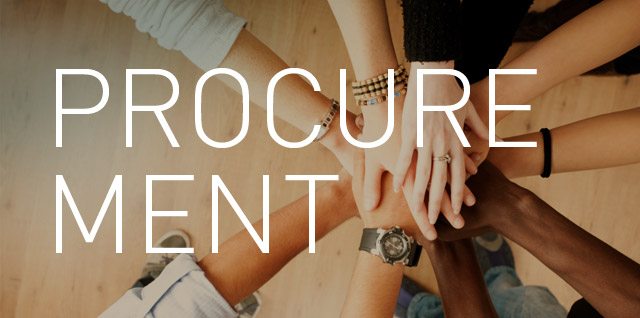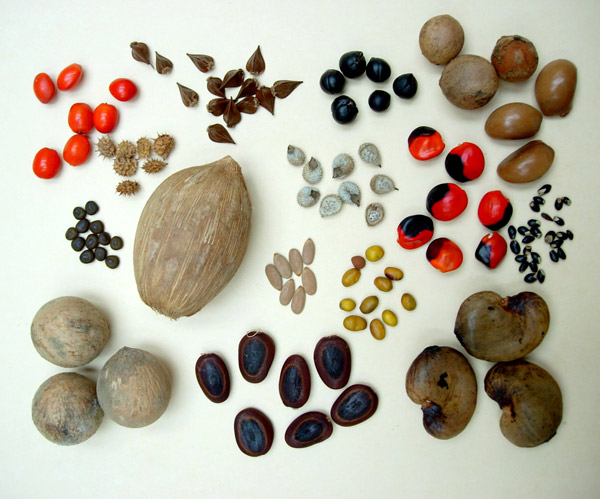Competing and winning in today’s competitive marketplace requires a strategy that includes sustainability. Business leaders who embrace it and convey a strong sense of purpose behind their strategy are propelling their organizations into revenue-increasing, cost-reducing outcomes.
About the Book
‘Purposely Profitable: Embedding Sustainability into the DNA of Food Processing and other Businesses’ provides a proven, step-by-step methodology for integrating sustainability into the strategic plan to develop a strategy that is sustainable and aligned to a greater purpose..
This book notably includes the following:
A primer on Sustainability that defines Sustainable Business and presents the Business Case for Sustainability
What is an organizational purpose and why is it so important I today’s competitive marketplace.
Step by step instructions, supported by a case study, for developing each component of the strategic plan (Purpose, Vision, Strategic Pillars, KPI’s, Goals, Programs Action Plans, and Tactical Execution)
A suite of tools and resources to support the development and execution of the strategic plan
Intended Audience
Scientists and managers in the global food supply chain, sustainability professionals, researchers, students, regulators, executives and business owners will come to learn and understand a powerful system for developing a strategy that is sustainable in order to maximize organizational performance.
Press + Recognition
We are happy to note that ‘Purposely Profitable’ was featured as a hot new release this month on Amazon and ranked in the top 40 for its category!
An excerpt was also published by Green Biz in anticipation for the book launch.
What some companies miss about sustainability @greenintentions https://t.co/eRyy9U9iD1 pic.twitter.com/MGElclX1xl
— Joel Makower (@makower) May 21, 2016
About the author
Brett Wills is President of Green Enterprise Movement Inc.; Director Sustainability of HPS Inc, and Professor at Seneca College
Key Focuses
Sustainability, Strategy, Strategic Planning, Purpose Driven, Organizations, Embedding Sustainability, Strategy Execution, Corporate Social Responsibility, Environmental Sustainability, Key Performance Indicators, Strategy Alignment








